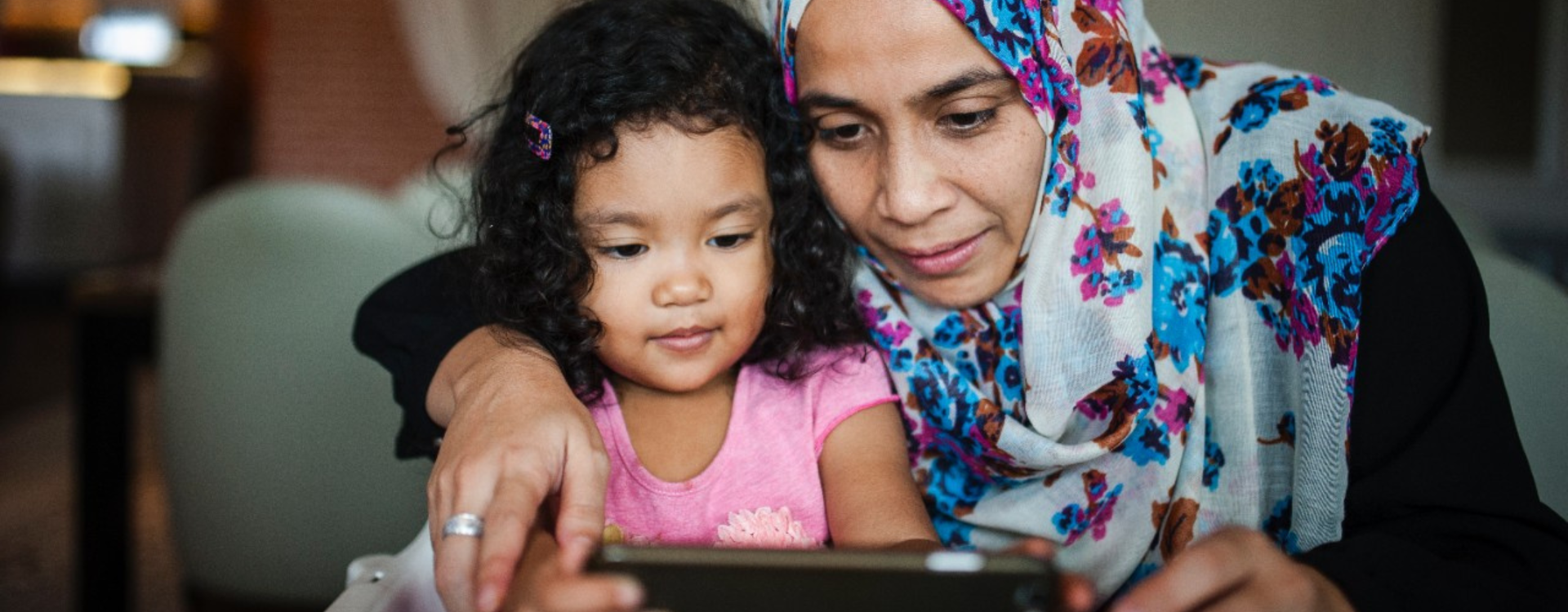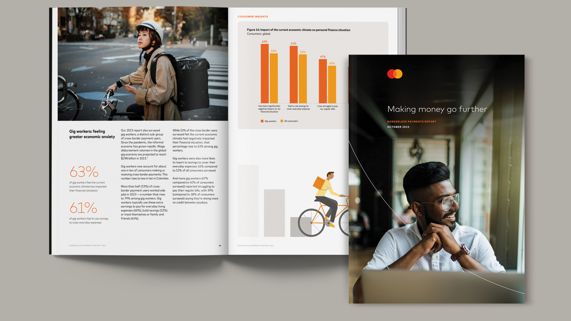How better cross-border payments create new opportunities for people and businesses
May 9, 2024 | By Maggie Sieger
When immigrants send money back to their home countries, they are providing a lifeline to the people they love most, often in places where opportunities are scarce. These payments, called remittances, are vital but complex. This is in part because of legacy infrastructure, with many banks leveraging systems that are decades old in turn making overseas money movement lengthier and more expensive.

The same goes for other types of cross-border payments, which include any payments made from one country to another and often one currency to another. Whether it’s a business buying supplies overseas or a student paying tuition to study abroad, many struggle with this antiquated system that lacks speed, transparency and security. And outside established trade corridors like, say, the U.S. and Mexico, it can be even more difficult because some countries are still digitizing their payments infrastructure.
These obstacles are a significant concern considering recent trends. Not only is the world experiencing global migration, but trade has also rebounded post-pandemic, with the shift to digital opening new opportunities. “At one point in time, small entrepreneurs exclusively used local resources and sold only to people that were easily reached,” says Alan Marquard, Mastercard’s head of Transfer Solutions. “Not anymore.”
To keep pace with growing globalization, businesses large and small, as well as banks, their customers and consumers need safe, fast and convenient ways to transfer funds internationally — even if they are operating in hard-to-reach markets. They also must have multiple options for how people receive funds, whether these are bank accounts, mobile wallets, cards or cash payout locations.
According to Mastercard’s 2023 global survey “Borderless Payments,” more than a third of people surveyed said their families back home have limited options to access the money they send, with nearly one in four saying their relatives must travel a long way to access their funds.
“By opening new payment corridors, more senders can reach more recipients, even if they’re unbanked or live in remote places,” Marquard says. “This allows economies to thrive and small businesses and even individuals to take part in global trade.”
Yet building these corridors is extremely complicated, because each country has its own set of regulations that must be followed. It can take years of work to understand and navigate the various frameworks, and requires a product that can be adapted to each. For smaller financial institutions and those with older infrastructure, delivering on customer demands for inexpensive, secure and fast cross-border transactions can be difficult.
That’s why Mastercard is accelerating its efforts to empower more people and businesses to transact with confidence through its money transfer portfolio of solutions, Mastercard Move. By combining the relationships with banks and other money services providers it has cultivated over decades with the latest in digitization and cybersecurity, the company’s reach now spans more than 180 countries and more than 150 currencies. It has access to more than 95% of the world’s banked population and cash-pickup reach to the billions more who are unbanked.
Mastercard Move helps banks and other financial services providers offer more ways to reach countries with a more limited financial infrastructure, including card, account-to-account, mobile wallet and cash payout, ultimately to reach more people. For example, Verituity, which connects banks, businesses and payees to verified payouts, has integrated Mastercard Move into its payments platform to enable to domestic and international payments payouts for commercial banks and payers.
And, Mastercard recently partnered with Alipay, China’s leading digital platform, to enable international payments to Alipay users in near real time, giving senders an efficient and convenient way to reach the hundreds of millions of its users in China.
In Africa, Mastercard Move can reach 25 countries for cash payouts and 28 countries for mobile wallets, the preferred method for Africans to receive funds.
In many countries, consumers and small businesses are primarily served by small and midsize banks that may not have the resources to develop convenient customer-facing experiences, like apps, to facilitate cross-border payments. That’s why Mastercard introduced a new digital service called Cross-Border Services Express for those banks to be able to meet the digital expectations of their customers more quickly and easily.
In the company’s continued efforts to develop the best cross-border reach globally, Mastercard Move has also recently enabled cross-border payments from 17 new originating countries around the globe, including Argentina, Cambodia, Gambia, Mauritius, Montserrat and Uzbekistan.
All of that is intended to modernize a payment system that’s vital to families around the globe and could be game-changing for small businesses. “I believe we have an obligation to make cross-border payments as simple and safe for people as online shopping,” Marquard says. “That’s the guiding light for me as we develop innovative money movement solutions. I want to ensure our solutions enable our partners to offer speed, low cost and peace of mind to their customers.”
